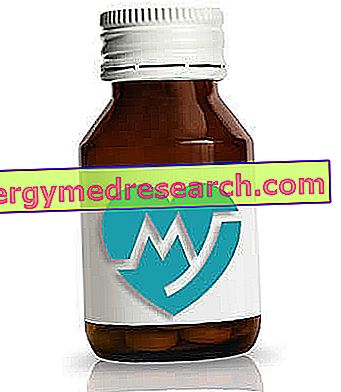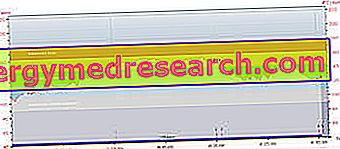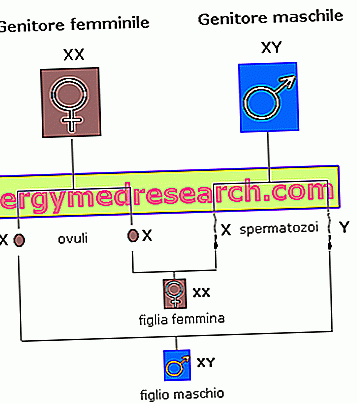
Scientific name
Prunus africana, sin. Pygeum africanum
Family
Rosaceae
Origin
Africa. Evergreen tree that lives in the forests of equatorial Africa.
Used Parts
The "vegetable drug" is made up of the bark of a dried red to brown-blackish trunk with a strong smell, typically almond
Chemical constituents
- sterols;
- Fatty acids;
- alcohols;
- Transferulic acid;
- Pentacyclic triterpenes (oleanic, crategolic and ursolic acid).
The most significant constituents present in the lipophilic extract include docosanol and β-sitosterol (15.7%), fatty acids including myristic, palmitic, linoleic, oleic, stearic and arachidonic, sterols and triterpenes.
Pygeum in Herbalist: Property of the Pygeum
This plant has shown to have, through different pharmacological studies, an anti-edema activity (due to the inhibition of prostaglandin synthesis and leukotrienes). It also helps increase bladder elasticity and is helpful in treating prostatic hypertrophy. The plant is non-toxic and is commercially available as a medicinal product with oral administration.
Daily dose: 75-200 mg of lipidosterol extract, in divided doses, to be taken with food or milk to minimize gastrointestinal effects.
Side effects
Following administration, gastric intolerance disorders may appear.
Contraindications
Avoid use in case of hypersensitivity to one or more components. Because of its effects on androgen and estrogen metabolism it is contraindicated in pregnancy, lactation and in children under 12 years.
The lipophilic extract is generally well tolerated. Few cases have been reported of gastrointestinal side effects, negligible and transient severity, such as nausea, diarrhea and gastralgia
Pharmacological Interactions
- the constituents of the pygeum can interfere with hormonal therapies (there are no scientific data on this).



